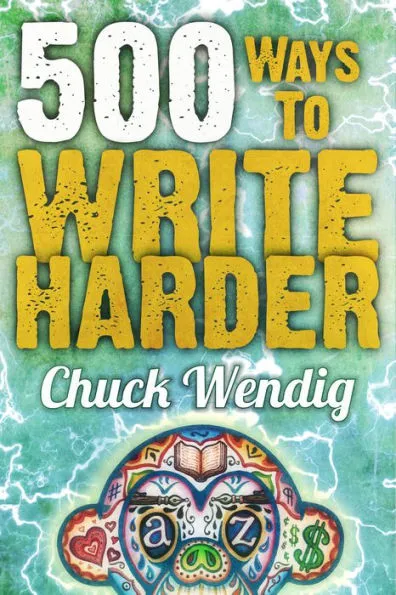This is the monthly post where I talk about what I’ve been reading. As usual, if you’re interested in any of these books, please use the included Bookshop.org links instead of Amazon. It helps independent bookstores, and I get a small affiliate commission.
Sandman: Dream Hunters
By Neil Gaiman

Having finished rereading all the books in the main Sandman series, I figured I would top it all off with the two stand-alone Sandman volumes. The first of these is Dream Hunters, which was published three years after the 1996 wrap of the main series.
Dream Hunters comes in the form factor of a graphic novel, but it is actually an illustrated short story in five parts. There are a variety of different layouts, including many full page illustrations and some two-page paintings and both horizontal and vertical splits. There is even a double-fold-out illustration, four pages wide. Amano’s inks, pencils and watercolors mingle to create a variety of effects, sometimes clear, other times murky or abstract.
The story is a retelling of a Japanese folk tale, “The Fox, the Monk, and the Mikado of All Night’s Dreaming.” A magical fox falls in love with a lonely monk who maintains a small and forgotten shrine. When a powerful sorcerer tries to kill the monk in his dreams, the fox intercepts those dreams to protect him.
This is one of those classic Sandman side-stories where Dream is involved, but only as a side character. It’s a good story with great art, but not really necessary to pick up unless you’re already in love with the series.
Sandman: Endless Nights
By Neil Gaiman

Unlike Dream Hunters, Endless Nights is a proper comic. This is an anthology of stories, each with a different illustrator, and each one focused on one of the seven Endless: Death, Dream, Desire, Delirium, Destruction, Despair, and Destiny. Again, these could be considered side-stories to the main series, but they feel closer to the main series in tone and style, and they do offer a few interesting tidbits for die-hard fans.
Some light is shed on Dream and his interactions with Desire, when they attend a gathering of sentient stars some few billion years ago. We see what might be the first of Dream’s many ill-fated romances, and the source of animosity between Dream and Desire. We also get to see what Destruction is up to in his exile, and hints that he may yet reach a kind of friendly ambivalence with his family, even if they never quite see eye-to-eye.
I really like Endless Nights. If The Wake was the epilogue to the main story, then this feels like a reunion.
Harry Potter and the Prisoner of Azkaban
By J.K. Rowling

I continue to work through the series with my kids. This third book feels like the inflection point to me, still largely plotted in a way to appeal to relatively young kids, but beginning to ramp up the darker themes.
At this point, it’s clear there is something of a formula that the books follow. Again, it leans on couple of mysteries to keep the plot moving. Again, there is a red herring that is pushed hard. Where this book differs is in the long third act, which wraps everything up with a fun time-travel sequence that has to interweave with a series of events that we already read from a different point of view.
While it’s popular to knock the Harry Potter books these days, especially for their plot holes, the time travel opens up a pretty egregious one. Sure, as in Back to the Future, a big deal is made over the “dangers” of seeing yourself while time traveling. But then main characters do it anyway, and it turns out perfectly fine. Unlike Back to the Future, the Harry Potter books barely mention time travel again, which is a little hard to swallow.
House of Leaves
By Mark Z. Danielewski

I didn’t intend to read House of Leaves again. I was talking with my son about the Backrooms, and how it seemed like it was inspired by House of Leaves. I went to grab my slightly beat-up paperback copy and discovered that it wasn’t on the shelf. Then I remembered I had loaned it to a friend, years ago. So I ordered myself a new copy.
When the book arrived, I popped it open, just to enjoy the sections where the text went all wonky. I went back to the beginning, to see how it started. Before I knew it, I was fully absorbed. It’s probably been over ten years since I last read it, and there was a lot I had forgotten.
House of Leaves is a strange book. At its heart is a horror premise: a house that somehow contains an infinite, shifting, maze-like series of rooms and corridors, where one might become lost forever. Wrapped around that core are multiple layers of frame stories and linguistic complexity.
I could go on about this book, but it’ll have to wait for another post. Suffice to say that it’s just as enjoyable as I remembered, and I highly recommend it to anyone interested in reading something genuinely weird.
What I’m Reading in November
With NaNoWriMo looming, I probably won’t be reading much. If I do get ahead and end up with some free time, I expect I’ll finally get back to The Witcher or delve into a new comics series.
See you next time!












